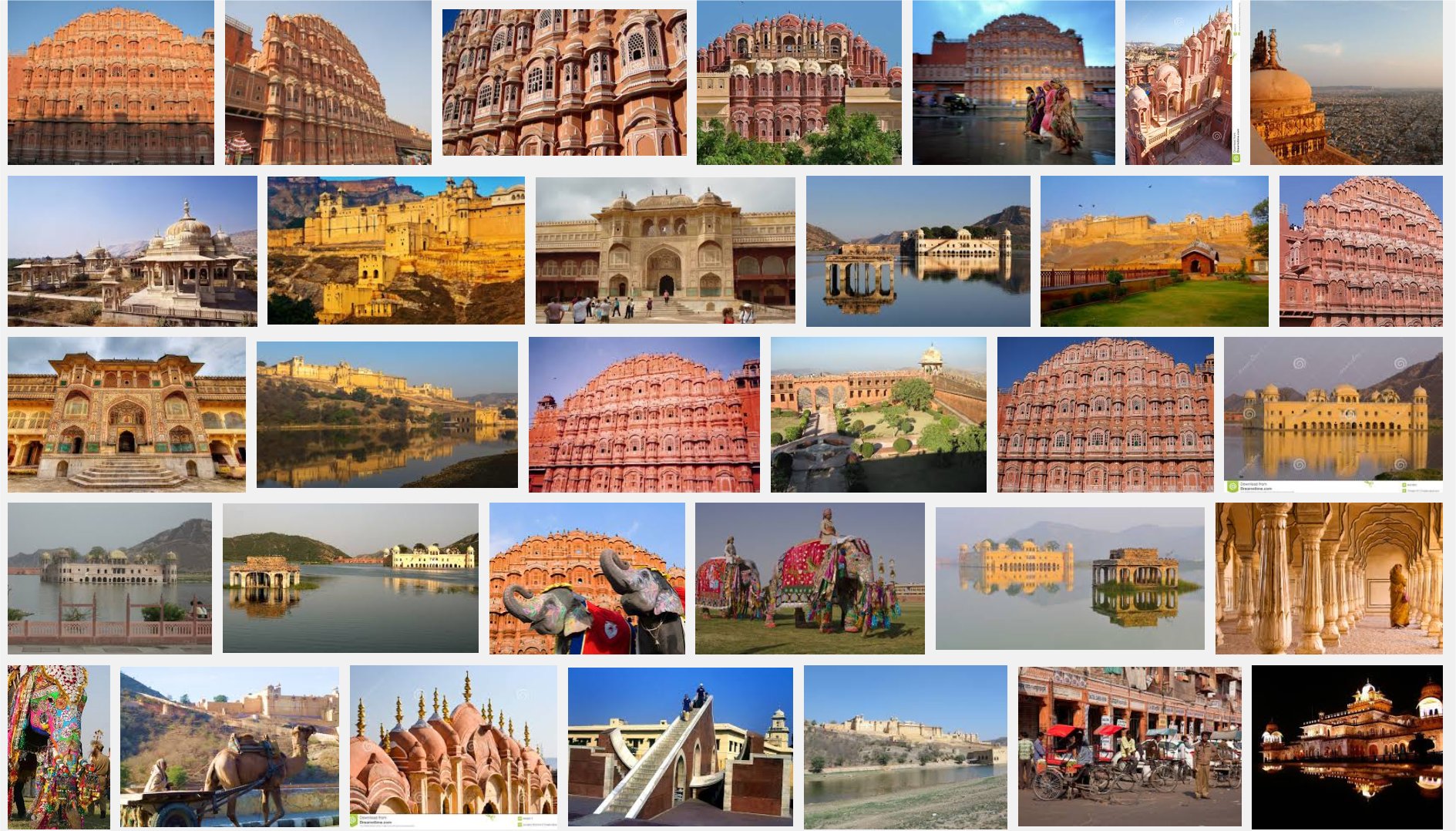The United Nations Educational, Scientific and Cultural Organization (UNESCO) World Heritage Sites represent some of the most remarkable and culturally significant places on Earth. These sites, chosen for their outstanding universal value, are recognized for their cultural, historical, or natural significance, and are preserved and protected for future generations. In this article, we’ll explore the importance of UNESCO World Heritage Sites, their criteria for selection, and the efforts to preserve and safeguard these iconic landmarks.
Understanding UNESCO World Heritage Sites
What are UNESCO World Heritage Sites?
UNESCO World Heritage Sites are places of outstanding cultural or natural significance that have been designated by UNESCO for preservation and protection. These sites represent the collective heritage of humanity and are considered to be of universal value to all people, regardless of nationality or culture. From ancient monuments and archaeological sites to natural wonders and cultural landscapes, UNESCO World Heritage Sites showcase the diversity and richness of human history and natural heritage.
Criteria for Selection
To be designated as a UNESCO World Heritage Site, a place must meet one or more of the following criteria:
- Cultural Significance: The site represents a masterpiece of human creative genius, such as architectural wonders, historic cities, or works of art.
- Natural Significance: The site contains exceptional natural beauty or biodiversity, such as unique ecosystems, geological formations, or habitats for endangered species.
- Historical Significance: The site bears witness to important events, developments, or cultural exchanges in human history, such as ancient civilizations, trade routes, or pivotal moments in world history.
- Outstanding Universal Value: The site possesses exceptional cultural or natural significance that transcends national boundaries and is of importance to all humanity.
Importance of UNESCO World Heritage Sites
Cultural Preservation
UNESCO World Heritage Sites play a crucial role in preserving and safeguarding the cultural heritage of humanity. By recognizing and protecting sites of historical, architectural, and artistic significance, UNESCO helps ensure that future generations can appreciate and learn from the achievements of past civilizations.
Environmental Conservation
Many UNESCO World Heritage Sites are natural wonders that are home to unique ecosystems, biodiversity, and geological formations. By protecting these natural treasures, UNESCO contributes to global efforts to conserve biodiversity, mitigate climate change, and safeguard natural resources for future generations.
Tourism and Economic Development
UNESCO World Heritage Sites attract millions of visitors from around the world each year, contributing to local economies and sustainable tourism development. By promoting responsible tourism practices and supporting local communities, UNESCO helps generate income, create jobs, and foster cultural exchange and understanding.
Preserving and Safeguarding UNESCO World Heritage Sites
Conservation and Restoration
UNESCO works with governments, local communities, and conservation organizations to ensure the preservation and restoration of World Heritage Sites. Through funding, technical assistance, and capacity-building initiatives, UNESCO supports efforts to conserve historic monuments, protect natural habitats, and mitigate threats such as climate change, pollution, and urbanization.
Monitoring and Management
UNESCO collaborates with site managers and stakeholders to develop management plans and monitoring mechanisms to ensure the sustainable management and protection of World Heritage Sites. By promoting best practices in site management, UNESCO helps mitigate risks and address challenges such as over-tourism, inadequate infrastructure, and lack of funding.
Public Awareness and Education
UNESCO raises public awareness about the importance of World Heritage Sites through educational programs, outreach initiatives, and media campaigns. By fostering appreciation and understanding of cultural and natural heritage, UNESCO encourages responsible stewardship and advocacy for the preservation of these iconic landmarks.
Conclusion
UNESCO World Heritage Sites are irreplaceable treasures that embody the collective heritage of humanity. By recognizing, preserving, and protecting these iconic landmarks, UNESCO contributes to the conservation of cultural diversity, environmental sustainability, and global peace and understanding. As custodians of our shared heritage, we all have a role to play in safeguarding these precious sites for future generations to enjoy and cherish. Through collective efforts and collaboration, we can ensure that UNESCO World Heritage Sites continue to inspire, educate, and enrich the lives of people around the world for generations to come.
